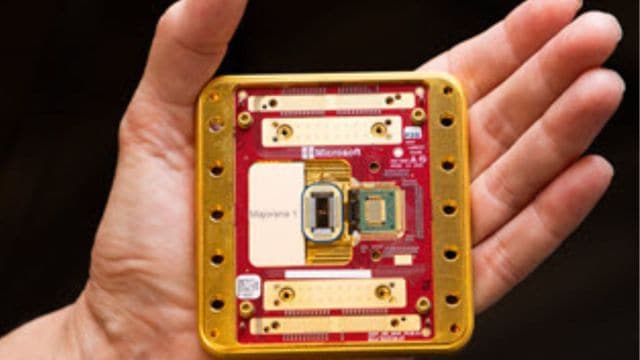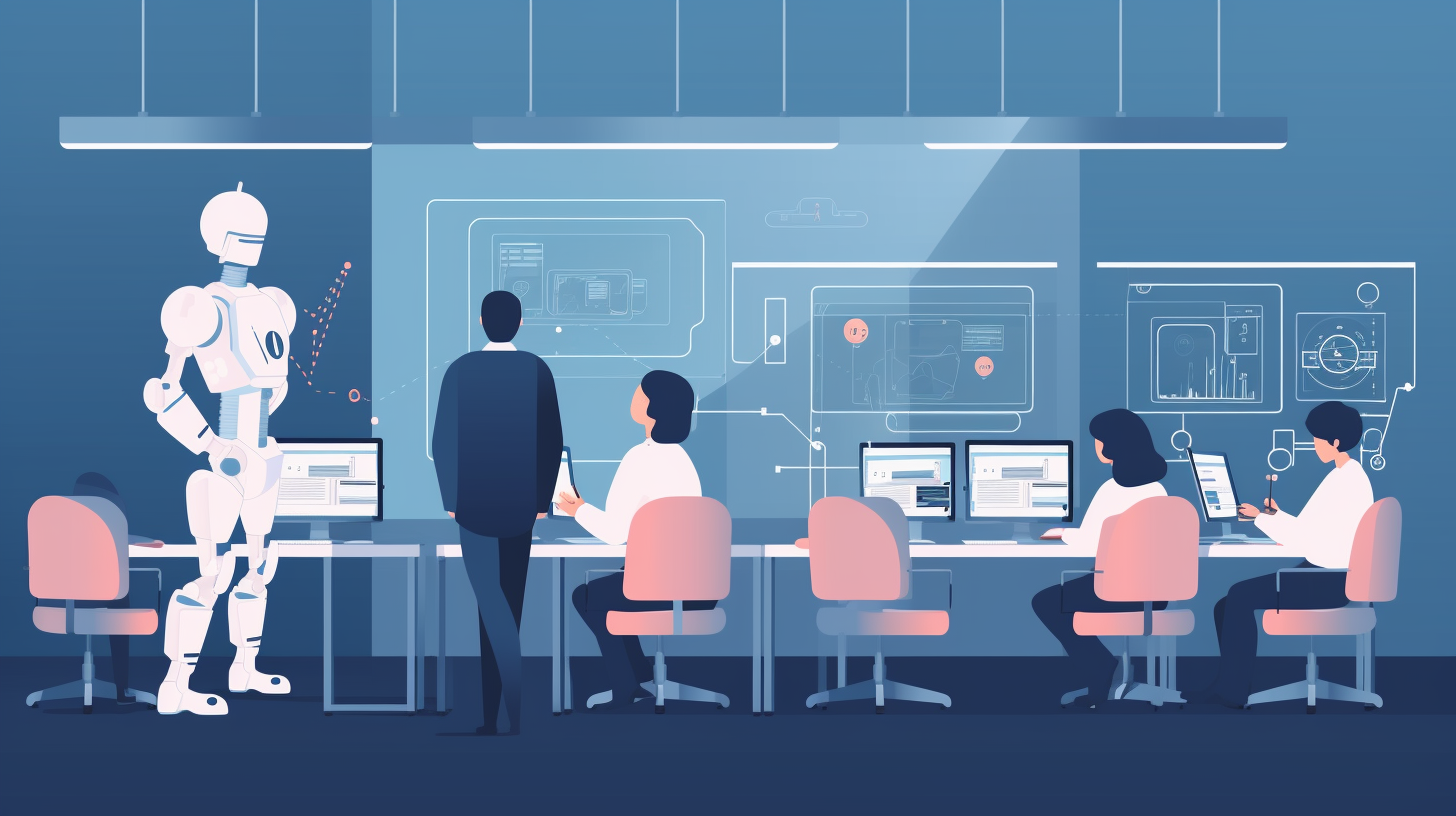I was sitting in a quiet corner of a tech meetup, nursing a cup of lukewarm coffee, when I stumbled into a conversation that felt more like a scene from a sci-fi novel than a Tuesday afternoon in Bengaluru.
She was a quantum physicist – the kind of person who talks casually about particle behavior like most of us discuss the weather. And she had just returned from a demo showcasing something called the Majorana 1 chip. A new kind of quantum processor. A first of its kind. A whisper of the future.
“You know how semiconductors gave us smartphones, the internet, everything?” she said.
“This chip could be the beginning of that same story. For quantum.”
The Quantum Cliff and the Leap
Let’s rewind a bit.
For years, quantum computing has felt like that elusive finish line we keep running toward – always promising, always powerful, but always a decade away.
Why? Because quantum bits – or qubits – are incredibly fragile. They’re sensitive to noise, difficult to control, and even harder to scale. Every time we try to build a large quantum system, it either becomes error-prone or physically unwieldy.
The industry has tried many roads. But Microsoft (yes, them!) decided almost 20 years ago to take a path few dared: Topological qubits. Built not on conventional logic, but on the exotic physics of Majorana particles – particles that don’t exist in nature and had to be coaxed into existence with precise materials and extreme conditions.
For years, it was a high-risk bet. Until now.
The Birth of Majorana 1
Enter the Majorana 1 chip – the world’s first quantum processor built on a Topological Core architecture. It’s powered by a new material, the topoconductor, which creates a new state of matter that isn’t solid, liquid, or gas.
Think about that.
A material so strange it had to be designed atom-by-atom. But with it came stability, digital control, and – most importantly – the potential to scale.
“They fit a million qubits on a chip the size of your palm,” she said, eyes lighting up.
“This isn’t just a breakthrough. It’s the blueprint.”
Why a Million Qubits Matter
To put this in perspective: today’s quantum computers operate with tens or hundreds of qubits. Impressive, but still research-grade.
A million-qubit machine? That’s where things get real:
— Simulating chemical reactions to invent drugs faster
— Designing self-healing materials for bridges, buildings, and planes
— Creating catalysts that break down plastic or remove carbon from the air
— Letting AI describe a new molecule or material – and the quantum computer just gives you the answer
“It’s like teaching AI the language of nature,” said another researcher I spoke to later.
“And then letting it ask questions we never thought to ask.”
The Silent Revolution
Here’s the part that gets me.
This wasn’t just about flashy physics. It was about engineering. Years of work went into fabricating materials at the atomic level. Building a chip that doesn’t just look cool, but actually works inside Azure datacenters. A quantum system that’s not a lab experiment – but a future product.
The chip doesn’t float in a vacuum of hype. It sits within a full-stack ecosystem: software, cooling systems colder than deep space, and cloud integration ready to go.
And while the journey ahead will still take years of refinement, one thing is clear:
Quantum just took its transistor leap.
Why This Matters to All of Us
Maybe you’re not a physicist. Maybe you’re a founder, a product designer, a sustainability advocate, or just someone who wonders how we’ll fix the world’s biggest problems.
This chip doesn’t solve them overnight.
But it gives us a map. A tool. A very real reason to believe that within our lifetime, we’ll be able to simulate and solve nature’s hardest puzzles with precision – not by trial and error, but with answers that just work.
And to think, it all starts with a chip small enough to fit in your hand.
“We’re not guessing anymore,” the physicist said as she got up to leave.
“We’re building.”
Curious where this could lead?
Follow me for more explorations on tech that’s not just cool – but world-changing.



